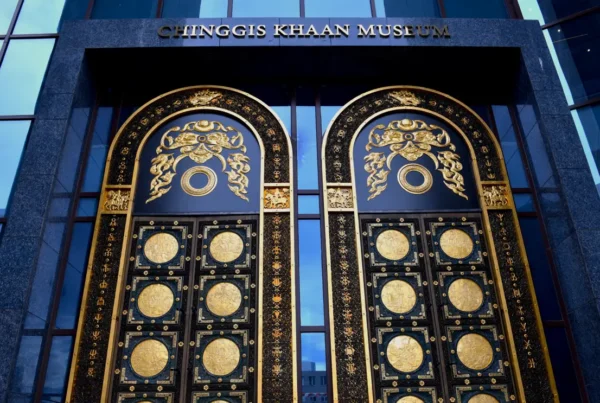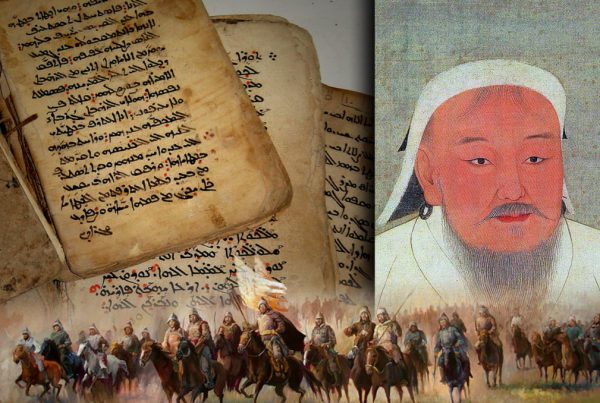A Brief History of Mongolia: From Ancient Nomads to Modern Democracy
The brief history of Mongolia is a fascinating journey. It tells the story of powerful empires, foreign rule, and the country’s path to democracy.
Mongolia sits in the heart of Asia. It covers 1.56 million square kilometers, making it one of the largest landlocked countries in the world. It shares borders with Russia to the north and China to the south, east, and west.
Despite its vast land, Mongolia has a small population. The country is famous for its wide-open steppe, nomadic lifestyle, and rich cultural heritage.
Ancient Beginnings and the Mongol Empire
The brief history of Mongolia begins with nomads. These people lived on the land thousands of years ago. Over time, some tribes joined together to form early states. One of the first was the Xiongnu Confederation, founded in 209 BC by Modun Shanyu.
Then, in 1206, everything changed. Chinggis Khan (also known as Genghis Khan) united the Mongol tribes. He created the Mongol Empire, which became the largest land empire in history. At its peak, it stretched from Eastern Europe to East Asia and from Siberia to the Middle East and Vietnam.
After his death, the empire was divided into four parts, called khanates. In 1271, his grandson Kublai Khan founded the Yuan Dynasty. He ruled over all of China and Mongolia. This dynasty lasted until 1368, when it was overthrown by the Chinese Ming Dynasty.
Foreign Rule and the Fight for Independence in the Brief History of Mongolia
After the Yuan Dynasty fell, the Mongols returned to their homeland. However, the region became divided. Over time, the country grew weaker from internal struggles.
In the 1600s, the Manchu-led Qing Dynasty took control. Inner Mongolia was conquered in 1636. Outer Mongolia followed in 1691. For over 200 years, Mongolia was ruled by the Qing Dynasty.
In 1911, Mongolia declared independence. Bogd Khan, a Buddhist spiritual leader, became the head of state. This was a major step in the brief history of Mongolia. However, in 1919, Chinese forces returned and tried to take control again.
The People’s Revolution
In 1921, Mongolia fought back. With help from the Russian Red Army, Mongolian revolutionaries ended Chinese control. This event is one of the biggest moments in the brief history of Mongolia.
In 1924, after Bogd Khan passed away, the country officially became the Mongolian People’s Republic. Mongolia adopted its first socialist constitution and aligned closely with the Soviet Union.
For nearly 70 years, from 1921 to 1990, Mongolia was a communist state. Then, change came again. Inspired by reforms in the Soviet Union and other countries, the Mongolian people demanded democracy.
In 1990, a peaceful revolution ended communist rule. Mongolia then adopted a multi-party system and moved toward a market economy.
Modern Mongolia: Culture, People, and Language Reflect the Brief History of Mongolia
Today, Mongolia is a democratic republic. Its culture and traditions are deeply shaped by the brief history of Mongolia. It remains the world’s least densely populated country, with around 2.9 million people living across a vast land.
About 45% of the population lives in Ulaanbaatar, the capital and largest city.
Most people in Mongolia are ethnic Mongols (about 94.9%). Kazakhs make up around 5%, and smaller groups include Turkic, Chinese, and Russian communities.
Buddhism is the main religion. However, some Mongolians also follow Islam, Christianity, or traditional Shamanist beliefs.
The official language is Mongolian, spoken by more than 90% of the people. English is quickly becoming the most popular foreign language, especially among younger generations. Many also speak Korean, Japanese, Chinese, German, and other European languages.



